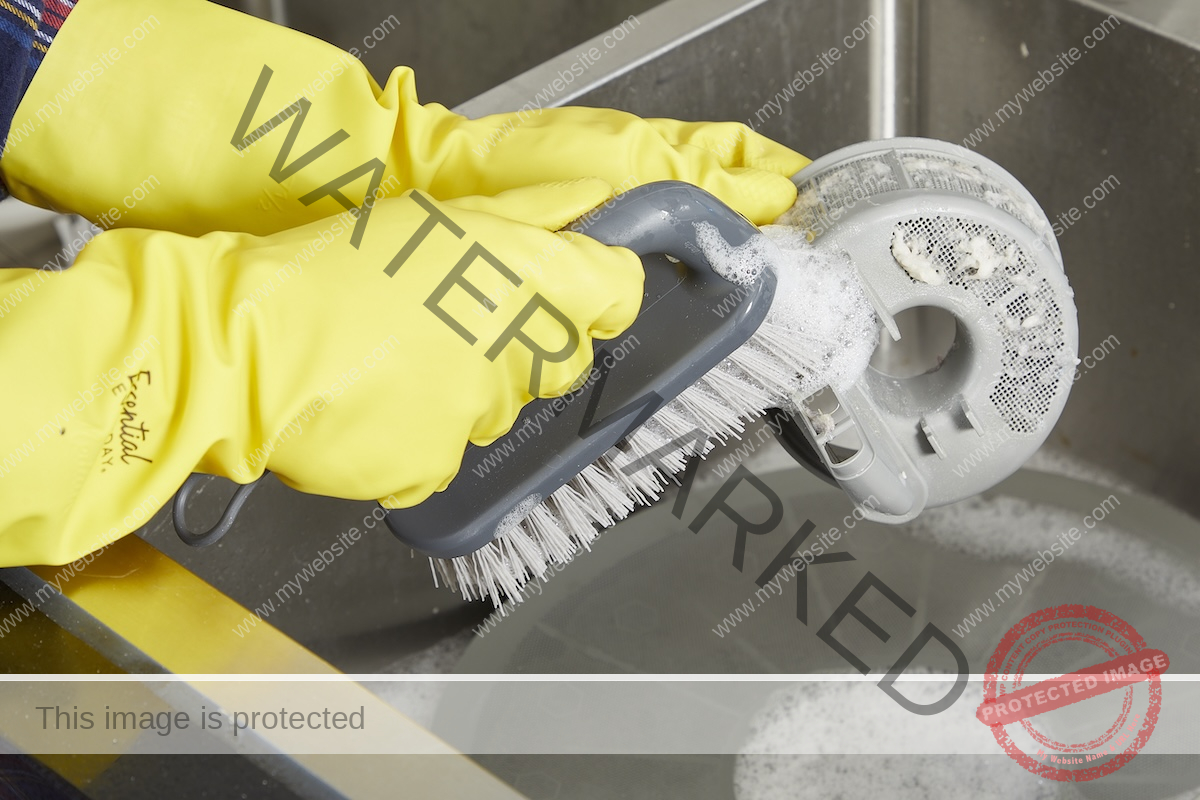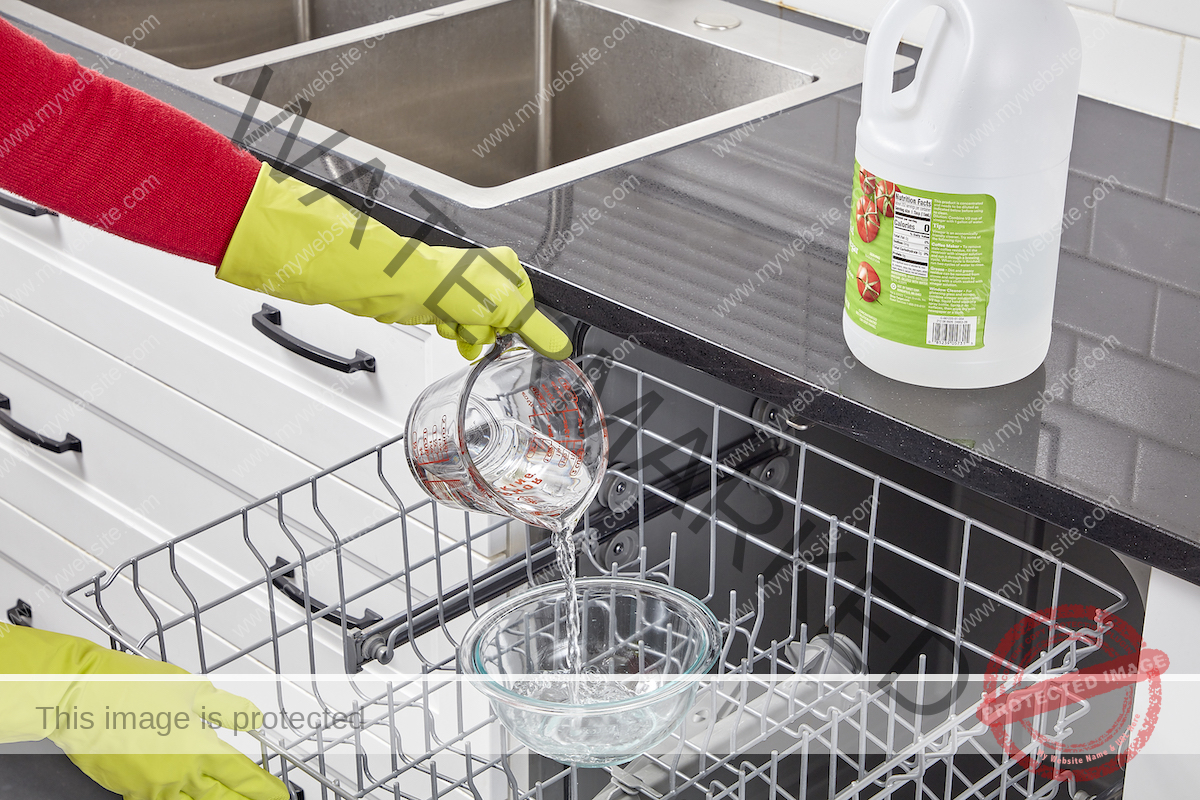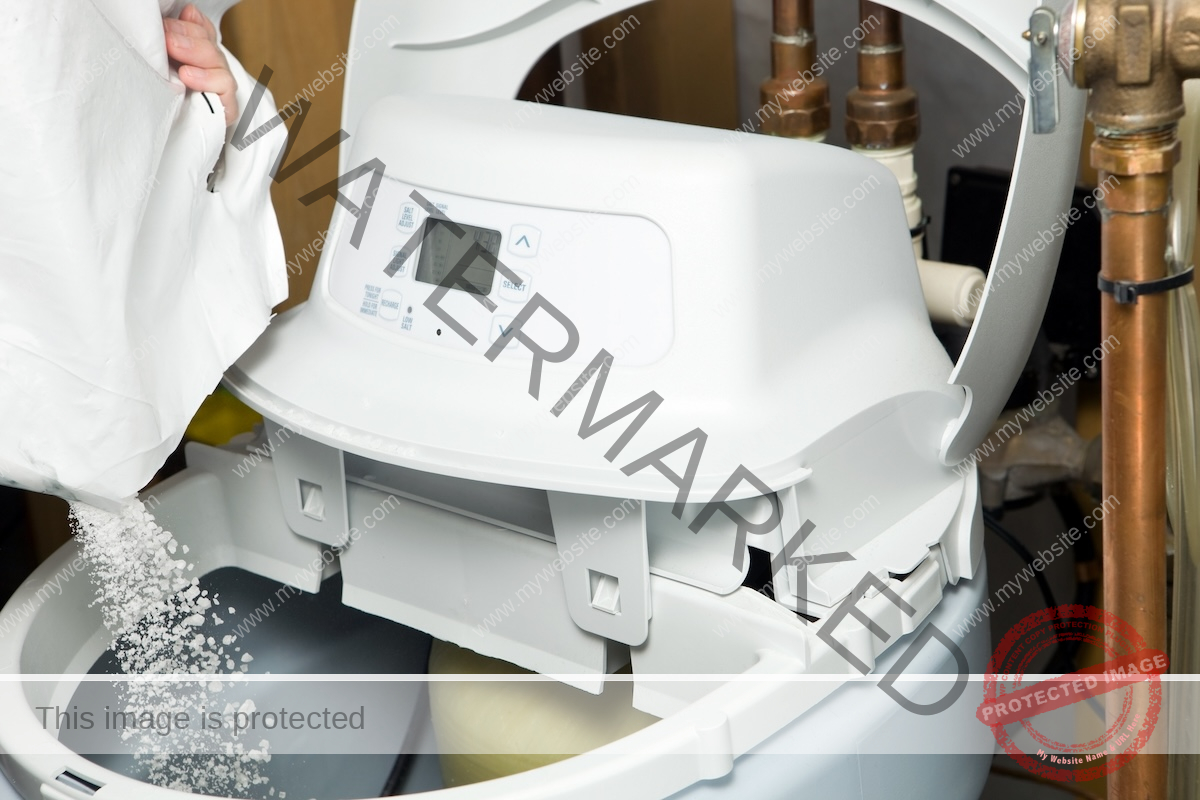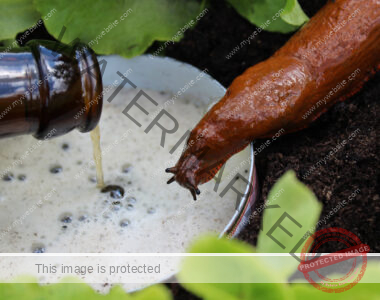
We may earn revenue from the products available on this page and participate in affiliate programs. Learn more >
Even a dishwasher that has run well for many years can suddenly slip, leaving food residue or a gritty film on your dishes. If your dishwasher is not cleaning dishes properly, there are several possible reasons. The good news is that there’s no reason to rush out and buy a new device. Many of these problems can be solved with simple DIY fixes.
Matthew Morrison, Equipment Expert just answersuggests, “Always test the water first. Open the door after the wash cycle has run for a few minutes. The water level should be… at least a few inches deep.’ If Water is not flowing into the applianceYou have to troubleshoot that problem. But if the water level is fine, then proceed to check out these other common problems due to which the dishwasher is not washing properly and find some simple solutions that will make your utensils shine again.
Why is your dishwasher not cleaning dishes?
The problems associated with why your dishwasher is not cleaning properly are easy to identify and fix. Find out the signs and make fixes for each before throwing in the towel and calling a professional – or replacing the unit with one. new dishwasher,
1. Filter is dirty.

Dishwashers are equipped with filters to trap or remove food debris. When the filter becomes clogged, the dishwasher can recirculate dirty water, resulting in small pieces of food getting trapped and potentially smelly dishes. While some dishwashers have self-cleaning filters, others have manual filters that require regular cleaning.
Find the filter on the bottom floor inside the machine. Consult the manufacturer’s instructions for removal and cleaning, but in many models, DIYers can easily remove them by turning the cap a quarter turn to the left. To clean, pull out the lower rack, remove the filter and rinse under warm running water. For stubborn particles, soak the filter in warm water or scrub gently with a sponge or soft-bristle brush. For best results, clear filter Every month or two.
2. The dishwasher is dirty.

If your dishwasher has accumulated dirt, you can often remedy the situation by running a cycle with vinegar. Pour about 2 cups of white vinegar into a dishwasher-safe bowl placed in the bottom rack of the appliance. (Some manufacturers specify a top rack.) Run a warm cycle, turning off the warm dry option if possible. The vinegar will dissolve light mineral deposits and clear deposits from the spray arm holes. this can also happen Remove remaining grease from interior walls Therefore, the utensils will become cleaner and smell better. Alternatively, some manufacturers recommend monthly use of a dishwasher cleaning product such as refresh Or finish Dishwasher Cleaner.
3. Spray arm is jammed.
Depending on the model, your dishwasher may have one to three (or more) spray arms. Over time, these spray arms can break or become clogged with mineral accumulation, especially in homes with hard water, and this can cause the dishwasher to not clean dishes as it should. To clean spray arms, check the manufacturer’s instructions for removal – the arms are usually broken or bent or can be removed by loosening a screw. Use a toothpick to clean out the holes, and then rinse the spray arms under warm water. Soak heavily clogged spray arms in vinegar to help loosen deposits.
4. The water is not hot enough.
Hot water is important for dissolving food particles, so many dishwashers have heating elements that bring the water to the ideal temperature. If your dishwasher doesn’t have this feature, it is drawing water from the hot water supply. To make sure the water is hot enough, keep your water heater set to 120 degrees, and before starting the load, run hot water in the kitchen sink for a minute so the hot water starts entering the machine quickly. Do it.
5. You’re not scraping the dishes before loading them.

Most dishwasher manufacturers (and United States Department of Energy) Recommend not washing dishes before putting them in the dishwasher. Pre-washing is and can be a waste of time, water and energy Hinder the optimal performance of your dishwasherEspecially if he thinks the dishes are already clean. But before putting the utensils in the appliance, scrape off any large pieces of food that might clog the filters or dirty the utensils. Remember: the dishwasher is not a garbage disposal. Although some models have macerators that can grind smaller pieces of food, larger or harder food pieces may overwhelm the macerator, so a fine scraper is the best practice.
6. You are not loading the container properly.
It doesn’t matter what type of dishwasher you have, you will get the best results. load the dishwasher correctlyFor example, large, improperly placed objects may prevent the spray arms from rotating. This prevents water from reaching the dishes, resulting in the dishwasher not being able to clean properly. If the dishwasher is not cleaning top rack items effectively, it is especially worth confirming that the spray arms can rotate freely and are not blocked. Other loading missteps, such as cutlery in the nest or general overcrowding, can also cause food to get stuck.
7. You are not using the correct detergent.

Dishwasher detergent contains a blend of enzymes, detergents, and rinse aids that work together to dissolve food deposits and reduce hard water stains on glassware. For great results, use dishwasher detergent with a good track record, such as Cascade Platinum Actionpackswho created consumer Reports “Recommended” list. Amazon shoppers give it a hearty 4.8 stars for cleaning power. If you use gel or powder instead of pods, don’t use too much or too little, and never use liquid dish soap in the dishwasher.
8. You are not using rinse agent.
Using a rinse agent can make the difference between cloudy, dull dishes and crystal-clear results. These liquid additives contain surfactants designed to prevent water droplets from leaving stains. Depending on how often you run your dishwasher, you may need to turn off the rinse aid every 3 to 4 weeks. If the rinse aid dispenser is full but you still see a film on your dishes, check that the dispenser is closed securely and not leaking.
9. You need to replace the dishwasher’s inlet valve.
If the dishwasher is still not cleaning dishes after completing the above troubleshooting, the inlet valve – which flows water into the dishwasher – may have failed. A hammering sound during the cycle is indicative of this problem. Many homeowners opt to call a technician at this time, but if you’re the DIY type, consult your owner’s manual. It will list the replacement valve you will need to order and may also provide instructions for replacing the old valve. (Morrison says sometimes the inlet valve is fine but the valve screen is clogged and needs to be cleaned.)
10. You need to install a water softener.

Hard water can leave unattractive residue on plates and glassware. It can also leave deposits on the dishwasher, causing the spray arms to slow down and valves to become blocked. If you suspect you have hard water, test the water with a kit like this one hatch total stiffness kitIf it turns out that you have hard water, consider installing a water softener on your home’s water supply line. The softener will protect your dishwasher and make it easy to maintainIt will also reduce hard water deposits on sinks, tubs and showers.
When to call an appliance professional
Even after trying a few fixes, you may still wonder, “Why isn’t my dishwasher cleaning?” If you’ve completed the checklist and still can’t fix the problem, it’s probably time to call a repair person. But first, Morrison cautions, “Consider the age of the machine…For anything older than 10 years, I would suggest replacement rather than repair.”
As with many household appliances, prevention is the best strategy. Your dishwasher will work effectively if you keep it clean and follow the manufacturer’s operating instructions, including using the correct type and amount of detergent, loading dishes properly, and adding rinse aid. More likely. Too, Avoid putting certain items in the dishwasher: For example, large pans that can interfere with the rotation of the spray arms and adhesive labels that can peel off the jars and clog the filters. A little care and maintenance will help your dishwasher do its job, providing you with spotless dishes cycle after cycle.



